Space
Sign up for our newsletter
We summarize the week's scientific breakthroughs every Thursday.
-
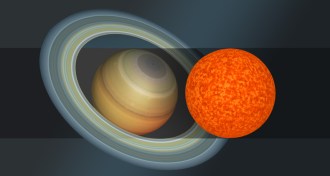 Astronomy
AstronomyTeeny-weeny star vies for title of smallest known
A Saturn-sized star is one of the smallest yet discovered.
-
 Astronomy
AstronomyTeensy star vies for title of smallest known
A Saturn-sized star is one of the smallest yet discovered.
-
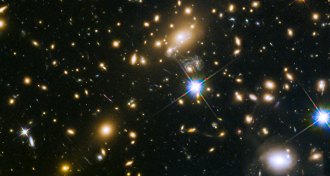 Astronomy
AstronomyThe most distant star ever spotted is 9 billion light-years away
A bright blue star sends its light from two-thirds of the way across the universe, thanks to a chance alignment with a galaxy cluster.
-
 Astronomy
AstronomyAstronomers get glimpse of star 9 billion light-years away
A bright blue star sends its light from two-thirds of the way across the universe, thanks to a chance alignment with a galaxy cluster.
-
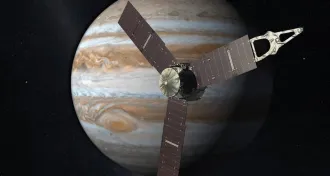 Planetary Science
Planetary ScienceJuno will fly a mere 9,000 km above Jupiter’s Great Red Spot
Juno is about to get up close and personal with Jupiter’s Great Red Spot.
-
 Planetary Science
Planetary ScienceReaders intrigued by Mars’ far-out birth
Readers sent feedback on the Red Planet's formation, jumping genes and more
-
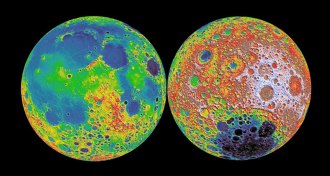 Planetary Science
Planetary ScienceThe moon might have had a heavy metal atmosphere with supersonic winds
Heat from a glowing infant Earth could have vaporized the moon’s metals into an atmosphere as thick as Mars’, a new simulation shows.
-
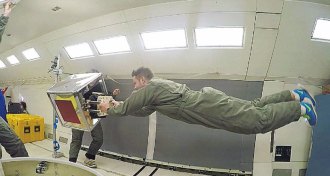 Tech
TechGecko-inspired robot grippers could grab hold of space junk
Aboard a microgravity plane, NASA is testing gecko-inspired grippers that one day could help clear up space junk.
-
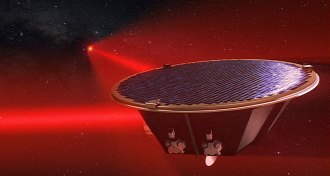 Astronomy
AstronomySatellite trio will hunt gravitational waves from space
The European Space Agency has green-lighted the Laser Interferometer Space Antenna, expected to launch in 2034.
-
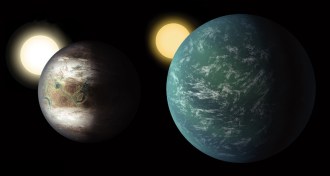 Astronomy
AstronomyKepler shows small exoplanets are either super-Earths or mini-Neptunes
The final catalog from the Kepler space telescope splits Earthlike exoplanets into two groups and pinpoints 10 new rocky planets in the habitable zone.
-
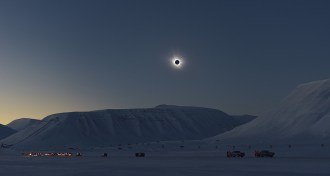 Astronomy
AstronomyEclipse watchers catch part of the sun’s surface fleeing to space
A serendipitous eruption during a solar eclipse showed relatively cool blobs of plasma, wrapped in a million-degree flame, streaming from the sun.
-
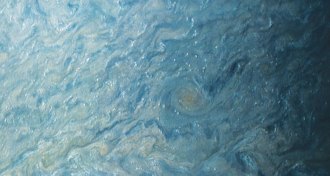 Planetary Science
Planetary ScienceSee the latest stunning views of Jupiter
Once every 53 days, NASA’s Juno spacecraft zooms past Jupiter’s cloud tops. A new sequence of images reveals the encounter from Juno’s viewpoint.